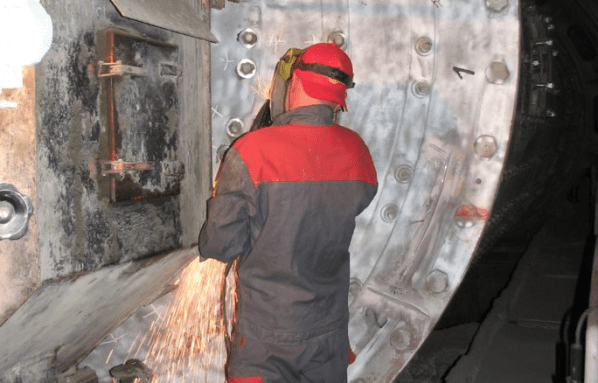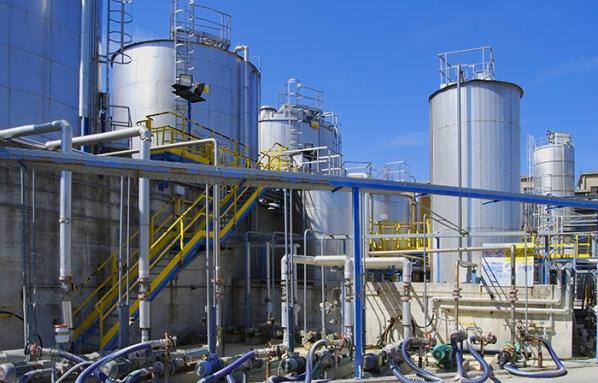Vehicles
While vehicle recycling is a distinct industry subsector, similar principles apply to the processing of other large items such as kitchen appliances. Initially, transport and handling challenges are involved, here the correct choice of welding wires can provide the necessary reinforcement and protection in order to avoid suffering aggressive wear from metal-to-metal contact and shocks.
The general principle of vehicle crushing, ripping, tearing and shredding machines is similar to that of a coffee grinder. Hammers, discs and other cutting elements, attached to a turning rotor, smash the feed metal against an alloy steel breaker bar or anvil. This breaks it into pieces, which continue to be dragged around the rotor’s housing and chopped again until they are small enough to drop through holes in the grate below.
Unsurprisingly, the rotor discs, hammers, impact bars and linings can quickly become worn. Coating these parts with one of Castolin Eutectic’s special alloys rapidly provides work-hardened, crack-free surfaces. Additional options include the use of welding electrodes to coat the abraded sides of the discs and welding wires to hardface the hammers. In every case, a recommendation is made on which product or combination of products will be most effective.
Shredder systems include separators which split the shredded material into ferrous and non-ferrous scrap streams. Dust from the non-metallic crushed parts is captured by cyclones or other de-dusting mechanisms. To protect surfaces in these from the fast-moving, abrasive particles, Castolin Eutectic applies Castodur Diamond Plates (CDP®). These wear plates, which have many applications, can be easily cut, shaped and fitted to protect any surface. Finally, flows of particles can be transported through wear-resistant CastoTubes, whose inner surface is coated with a special alloy.


